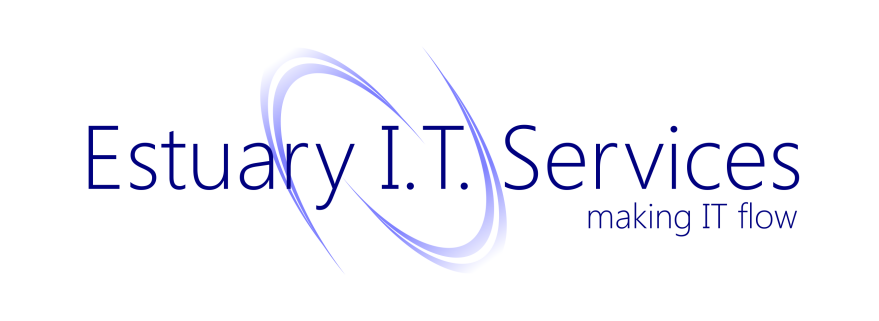My mother's phone died last week, so I gave her one of my old ones. Aren't I a great son. Now, her old mobile was a super-simple, big-button phone designed for - erm - a more mature generation. The replacement was a 'top of the range in its day' Nokia touch screen. Disaster looms.
One particular sticking point was adding phone numbers to the contact list. I'd added a shortcut to Contacts on the home screen so it was easy to open. However, we then hit a user dead end.
Mum: "How do I add another phone number?"
Me: "You touch the phone book icon with a plus on it."
Mum: "You make it sound obvious. I didn't know that."
Me: Safe silence.Mum was right, it was obvious to me. I want to add a phone number, therefore I touch the only button with an add symbol on it.
Mum: "What now?"
Me: "It says 'tap to write' up there. So tap it."
Mum: Tap. Enters contact's full name.
Me: "Whoa whoa whoa. It says 'first name'. 'Last name' is the next field."
Mum: Disgruntled silence.Let me make something quite clear. My mum is not a stupid woman. She's a history-buff, has high-level music certificates and a younger age than me on brain training. Yet, on some level, this seemed beyond her.
We do programming here at Estuary, so we understand the challenges in making a genuine user-friendly system. You could use text on all the buttons but as soon as you release that software in overseas' markets your translation work significantly increases. Symbols are universal, but they have to be crystal clear.
Also, the psychology for many people is that 'this is technological, therefore is going to be hard,' however simple the interface. It takes a lot of work to make something easy. A lot.
Now, close your browser and get some air. No, close it. It's the red cross in the top corner. Was that not obvious?
